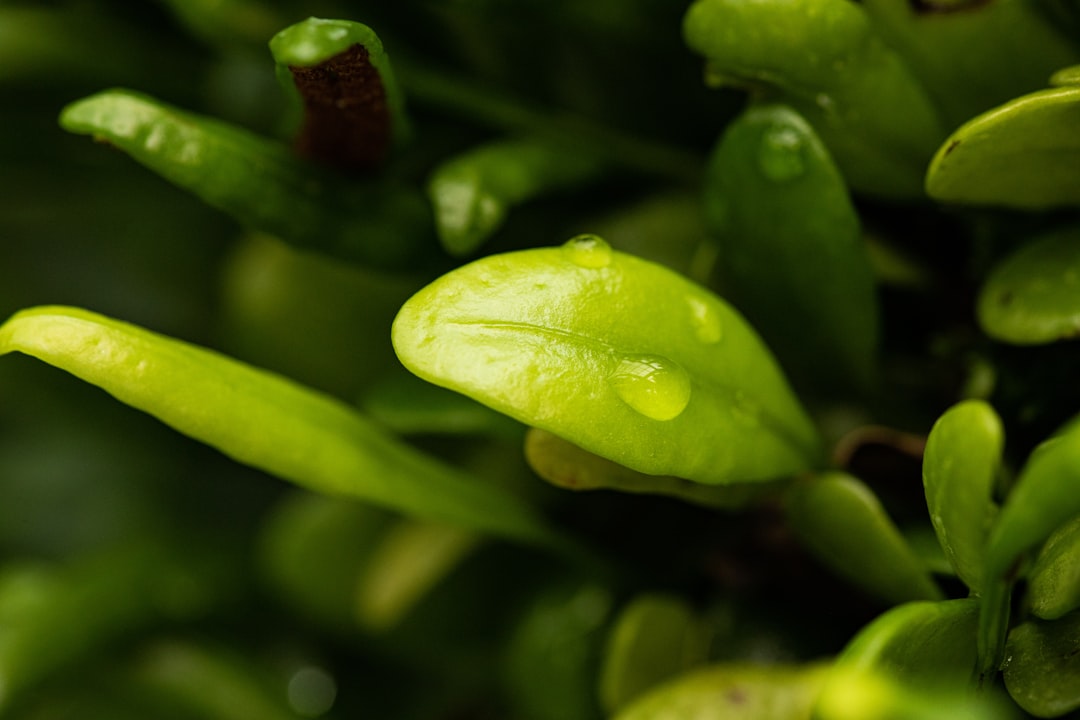The Art of Selecting Plant Sizes for Your Landscape

When it comes to landscaping, one of the most crucial decisions you'll make is choosing the best size of plants for your garden. This choice isn't arbitrary; it depends on several key factors, including what you want to grow, when you're planting, and how quickly you need to fill a space.
First, let's consider what you want to grow. Different plants have different growth habits and space requirements. For instance, if you're planning to grow tall, stately trees like oaks or maples, you'll need to think about their mature size. These trees can reach heights of 50 feet or more and have wide canopies. Planting them too close together or in a small space can lead to overcrowding as they grow. On the other hand, if you're interested in growing ground - covers like thyme or sedum, they spread horizontally but don't grow very tall. You can plant them in large numbers close together to create a lush carpet effect.
The timing of your planting also plays a significant role. If you're planting in the spring, you might have a wider selection of plant sizes available. Younger, smaller plants are often more affordable and can adapt well to new environments. They have less shock when transplanted and can establish their root systems more easily. However, if you're planting in the fall, you might want to consider larger, more established plants. These can better withstand the colder temperatures and have a head - start in growth the following spring. For example, a larger shrub planted in the fall will have a stronger root system to draw on during the winter months.
How quickly you need to fill a space is another important consideration. If you're looking for an instant landscape, you'll likely want to choose larger plants. A large tree or a mature shrub can provide immediate shade and visual impact. However, these larger plants can be more expensive and may require more effort to transplant. If you have the patience and time, starting with smaller plants can be a cost - effective option. Smaller plants may take a few years to reach their full potential, but they can grow more vigorously and adapt better to the local soil and climate conditions over time.
When selecting plant sizes, it's also essential to consider the overall design of your landscape. You want to create a balanced and harmonious look. Mixing different sizes of plants can add depth and texture to your garden. For example, you can use small annual flowers in the front of a flower bed to create a splash of color, medium - sized shrubs in the middle for structure, and tall trees in the background to provide a backdrop. This layering effect can make your landscape more visually appealing.
Soil quality is another factor that can influence your choice of plant size. If your soil is poor or has drainage issues, smaller plants may be a better choice. They have less root mass and are less likely to be affected by waterlogging or nutrient deficiencies. You can work on improving the soil quality over time as the plants grow. In contrast, larger plants with extensive root systems need well - drained and nutrient - rich soil to thrive. If your soil is in good condition, you have more flexibility in choosing plant sizes.
Finally, maintenance is an important aspect to keep in mind. Larger plants generally require more maintenance, such as pruning and fertilizing. They may also need more water, especially during dry periods. Smaller plants, on the other hand, are easier to care for and can be more forgiving if you miss a watering or a pruning session. You'll need to assess your own maintenance capabilities and preferences when deciding on plant sizes.
In conclusion, choosing the best size of plants for your landscaping project is a complex but rewarding decision. By considering what you want to grow, when you're planting, how quickly you need to fill a space, the overall design, soil quality, and maintenance requirements, you can create a beautiful and sustainable landscape that meets your needs and preferences. Whether you opt for the instant gratification of large plants or the long - term rewards of starting small, the key is to make an informed choice based on the unique characteristics of your garden and your own gardening goals.